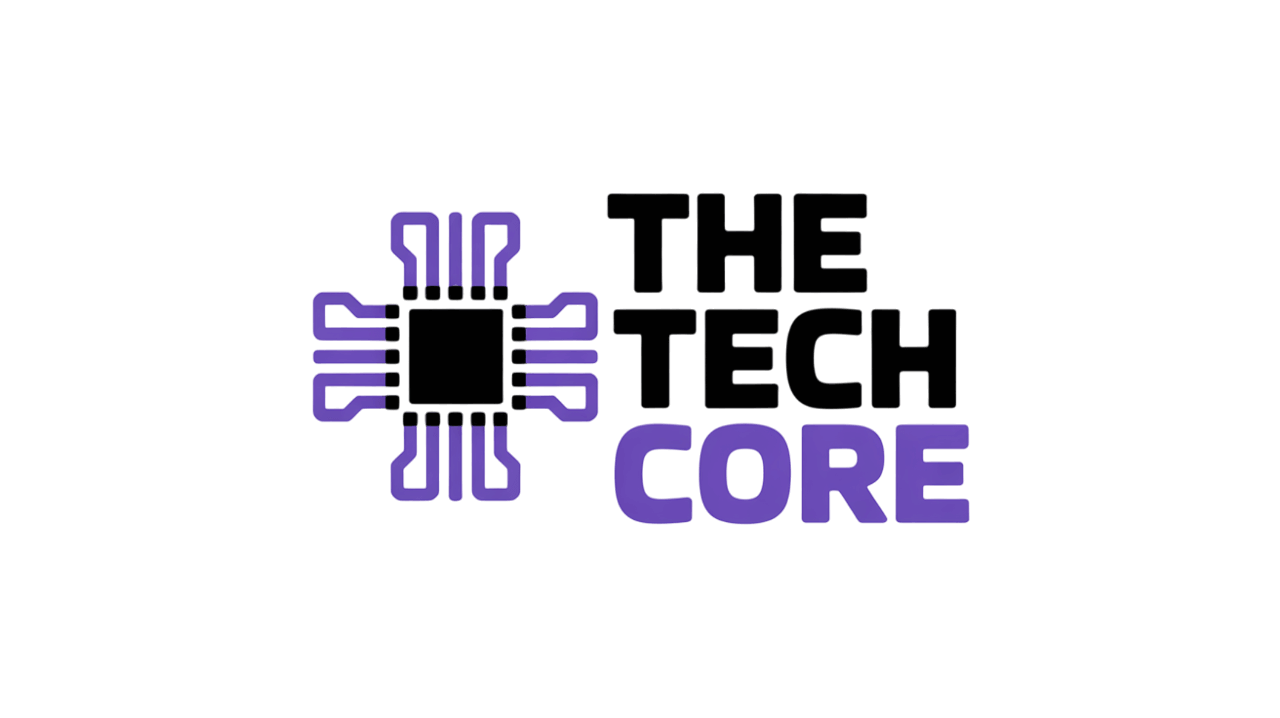Last month, I watched a pharmaceutical company cut their drug discovery timeline from years to months using quantum computing simulations. Meanwhile, their competitor was still relying on traditional methods, essentially burning money while missing breakthrough opportunities. This stark contrast perfectly illustrates why understanding business technology trends 2025 isn’t just helpful—it’s absolutely critical for survival.
The companies that master these emerging technologies will dominate their industries, while those that ignore them risk becoming obsolete. Furthermore, with global technology investment projected to grow by 9% in 2025, the stakes have never been higher for business technology trends 2025. These transformative business technology trends 2025 represent the foundation of competitive advantage for the next decade.
Why 2025 Technology Trends Are Make-or-Break for Business Success
We’re standing at an inflection point where experimental technologies are becoming practical business tools. Moreover, the convergence of multiple breakthrough innovations is creating unprecedented opportunities for companies willing to act decisively.
The difference between early adopters and laggards is widening into a chasm that may become impossible to cross. Additionally, McKinsey research shows that companies successfully implementing emerging technologies achieve revenue growth rates 2-3 times higher than their competitors.
But here’s what most executives miss: it’s not about adopting every new technology—it’s about identifying which ones will fundamentally transform your industry and acting before your competition catches on.
Quantum Computing: Leading Business Technology Trends 2025
Quantum computing isn’t coming someday—it’s arriving now with real business applications that are already delivering value.
The Quantum Advantage
Quantum computing companies generated $650-750 million in revenue in 2024 and are expected to surpass $1 billion in 2025. This isn’t speculative anymore; companies like Mastercard and NTT Docomo are already using quantum solutions for complex optimization problems.
IBM’s roadmap targets a quantum-centric supercomputer by 2025 with over 4,000 qubits, while Google’s Willow chip demonstrated exponential error reduction, proving that practical quantum computing is achievable within this decade.
Real Business Applications in 2025 Technology Trends
Financial services are leading adoption with quantum algorithms for portfolio optimization and risk analysis. Meanwhile, pharmaceutical companies are using quantum simulations to accelerate drug discovery, potentially saving billions in research costs.
The most immediate opportunity lies in optimization problems—supply chain logistics, resource allocation, and scheduling challenges that currently cost businesses millions in inefficiencies.
Agentic AI: Transformative Business Technology Trends 2025
While everyone talks about generative AI, the real transformation is happening with agentic AI—systems that can plan and execute complex tasks autonomously.
Beyond Chatbots
According to Gartner, less than 1% of organizations used agentic AI in 2024, but this will jump to 33% by 2028. Early adopters are already gaining significant competitive advantages by deploying AI agents for customer service, software development, and cybersecurity.
These aren’t simple automation tools—they’re virtual employees that can understand context, make decisions, and adapt their strategies based on changing conditions.
Immediate Business Impact
Companies are seeing 40-60% efficiency gains in repetitive tasks while freeing human workers for strategic activities. Moreover, agentic AI operates 24/7 without breaks, sick days, or training costs after initial deployment.
The key is starting with specific use cases where clear ROI can be measured, then scaling successful implementations across the organization.
Edge Computing: Essential Technology Trends for Business Growth
Edge computing is transforming from a nice-to-have into a business necessity as data volumes explode and latency requirements tighten.
The Speed of Business
Rising demand for edge computing is driven by cost efficiency, data privacy, and the need for real-time processing. Industries like manufacturing, healthcare, and autonomous vehicles simply cannot function with cloud-only architectures.
Edge computing reduces bandwidth costs by processing data locally while enabling millisecond response times that cloud computing cannot match.
Manufacturing and Beyond
Smart factories are using edge computing for real-time quality control and predictive maintenance, reducing downtime by up to 50%. Similarly, retailers are deploying edge AI for instant inventory management and personalized customer experiences.
The technology is becoming more accessible, with companies like Avassa and NodeWeaver offering turnkey edge orchestration platforms that don’t require deep technical expertise.
Spatial Computing: Emerging Technology Trends Reshaping Industries
Spatial computing is evolving beyond gaming and entertainment into serious business applications that are reshaping industries.
Beyond Virtual Reality
Spatial computing integrates computer vision, real-time data processing, and spatial mapping to create seamless interactions between digital and physical environments. This technology is already proving valuable in manufacturing, healthcare, and architecture.
Companies are using spatial computing for remote assistance, training simulations, and collaborative design processes that were impossible with traditional interfaces.
Business Applications Today
Manufacturing companies are deploying AR systems for assembly line training and maintenance procedures, reducing error rates by 30-40%. Meanwhile, healthcare providers use spatial computing for surgical planning and medical education.
The technology is becoming more affordable and user-friendly, making it accessible to businesses beyond tech giants.
Biotechnology: Revolutionary Business Technology Trends 2025
Biotechnology innovations are creating entirely new business categories while transforming traditional industries in unexpected ways.
Beyond Healthcare
Gene-editing technologies are creating climate-resilient crops, while lab-grown meat offers sustainable alternatives to traditional agriculture. These advances represent multi-billion dollar market opportunities for forward-thinking companies.
Biotech is also revolutionizing materials science, with companies developing biodegradable plastics, self-healing materials, and bio-based manufacturing processes.
Investment Opportunities
The convergence of biotech with AI and automation is accelerating discovery timelines while reducing costs. Companies that establish positions in this space early will benefit from decades of growth as the technology matures.
Smart businesses are exploring partnerships with biotech companies rather than trying to build capabilities in-house, allowing them to access innovations without massive R&D investments.
Taking Action: Your 2025 Technology Strategy
The window for competitive advantage is closing rapidly. However, successful technology adoption requires strategic thinking, not random experimentation.
Start with Business Problems
Identify your biggest operational challenges and inefficiencies before selecting technologies. The best implementations solve real problems rather than pursuing technology for its own sake.
Focus on areas where emerging technologies offer clear advantages over current solutions—speed, cost reduction, or new capabilities that weren’t previously possible.
Build Partnerships and Pilot Programs
McKinsey research emphasizes the importance of ecosystem collaboration for successful technology adoption. Partner with technology providers and other companies to share costs and risks while accelerating learning.
Start with small pilot programs that can demonstrate value quickly, then scale successful implementations across the organization.
Invest in Talent and Infrastructure
Technology is only as good as the people and systems supporting it. Furthermore, companies need to invest in training existing employees while recruiting specialists in emerging technologies.
Consider hybrid approaches that combine internal capabilities with external partnerships to access specialized expertise without building everything in-house.
The Future Belongs to the Prepared
These five technologies—quantum computing, agentic AI, edge computing, spatial computing, and biotechnology—represent the foundation of competitive advantage for the next decade.
These transformative business technology trends 2025 will create entirely new business models and opportunities that don’t exist today. Moreover, understanding and implementing these business technology trends 2025 has become essential for maintaining competitive advantage in an increasingly digital marketplace.
The question isn’t whether these technologies will transform your industry—it’s whether you’ll lead that transformation or be left behind by it.








